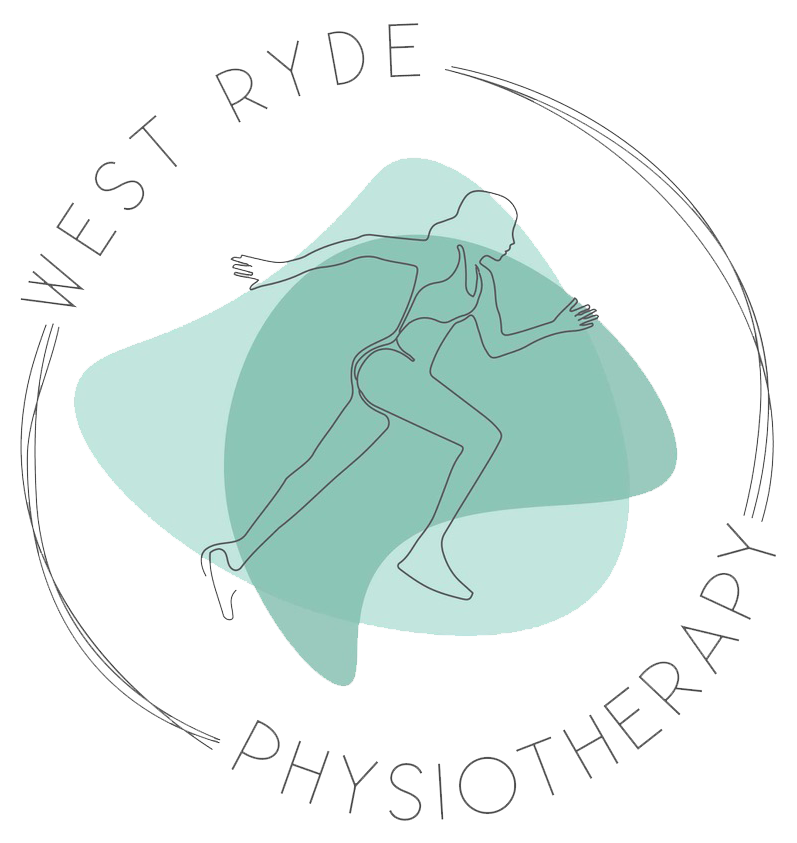Lymphoedema Awareness!
Lymphoedema Blog Post
Lymphoedema Awareness:
As a physiotherapist, one of the key areas I focus on is helping patients understand and manage conditions that can impact their overall well-being after breast cancer surgery. One such condition is lymphoedema, which can occur after breast cancer surgery, but can also result from other causes relating to breast cancer treatment. In this post, I’ll walk you through what lymphoedema is, its symptoms, stages, risk factors, and how physiotherapy can help manage it.
What is Lymphoedema?
Lymphoedema is the accumulation of lymph fluid in the tissues, which can occur in areas such as the arms, legs, face, or neck. This fluid buildup happens when the lymphatic system, responsible for draining excess fluid from your tissues, is compromised. The lymphatic system also helps remove waste, bacteria, and abnormal cells, filtering them through lymph nodes.
When the lymphatic system is disrupted, fluid can build up in the tissues, leading to swelling and discomfort. This is often seen after surgeries or treatments that affect the lymphatic system, such as breast cancer surgery.
Lymphoedema and Breast Cancer Treatment
In the case of breast cancer, lymphoedema is often associated with damage to the axillary lymph nodes during surgery. The axilla (or underarm) contains three levels of lymph nodes, each playing an important role in filtering lymph fluid.
Damage to these nodes during surgery or radiation can lead to lymphoedema in the affected area. As a physiotherapist, I often work with individuals who are recovering from breast cancer surgery to help them manage or prevent this condition.
Early Symptoms of Lymphoedema
Lymphoedema often starts subtly, and many of the early symptoms may not be noticeable right away. Some common early signs include:
Tingling or unusual sensations in the arm or leg.
Heaviness or aching in the affected limb.
Fluctuating swelling, often starting just below the elbow, and sometimes in the hands or fingers.
While the swelling may subside overnight initially, it can become permanent as the condition progresses.
When Does Lymphoedema Occur?
Lymphoedema can develop at any time after surgery, but it is most common in the first 12 to 18 months after surgery. However, the risk persists long after treatment, and lymphoedema can appear years later. Early detection is key to preventing the progression of the condition.
One advancement in detecting lymphoedema is Bioimpedance Spectroscopy (BIS), a technology that can detect lymphoedema up to 10 months earlier than traditional methods, like measuring with a tape measure. The SOZO device is a BIS at the clinic and is a non-invasive test that works by measuring the resistance of your body tissues to a small, safe electrical current, which helps assess the fluid levels in your affected limb.
This measure gives what is known as an L-Dex (lymphoedema index) score. Comparing the L-Dex scores of your affected and unaffected sides allows us to monitor the progression of our lymphoedema, evaluate how well your treatment is working, and make informed decisions about your ongoing care.
Risk Factors for Lymphoedema
Certain factors can increase the likelihood of developing lymphoedema, especially following cancer treatment:
Surgical factors: The extent of surgery, such as a lymph node dissection.
Radiation therapy: Radiation to the lymph nodes, especially in the underarm (axilla) or collarbone region.
Infections or fluid accumulation after surgery.
Obesity: Increased body weight can place added pressure on the lymphatic system.
Immobility: Lack of movement can impede fluid drainage and increase the risk.
Chemotherapy: Some chemotherapy drugs can also contribute to the development of lymphoedema.
Lymphoedema Risk After Surgery
The risk of developing lymphoedema varies based on the type of surgery or treatment:
Sentinel Lymph Node Biopsy (SLB): 8% risk
SLB + Radiation: 11% risk
Axillary Lymph Node Dissection (ALND): 25% risk
ALND + Radiation: 30% risk
This data underscores the importance of regular monitoring and early intervention to reduce the impact of lymphoedema.
How Physiotherapy Can Help Manage Lymphoedema
As a physiotherapist, I work with patients to help manage lymphoedema through several treatment strategies, including:
Manual Lymphatic Drainage (MLD): A specialized massage technique that stimulates the lymphatic system to improve fluid drainage.
Compression therapy: Wearing compression garments helps to maintain the reduction of swelling.
Exercise programs: Tailored exercises can help encourage fluid movement through the body, maintain mobility, and improve overall function.
Skin care advice: Keeping the skin clean and moisturized is important to prevent infections that could exacerbate lymphoedema.
Conclusion
Lymphoedema can be a challenging condition, but with the right approach and timely intervention, it can be managed effectively. If you've undergone surgery, especially for breast cancer, and are noticing any early signs of swelling or discomfort, don’t hesitate to reach out for physiotherapy support. Early detection and appropriate treatment can help you prevent the progression of lymphoedema and enhance your quality of life.
If you’re concerned about lymphoedema or want more information on how physiotherapy can help, feel free to contact us. We’re here to guide you through your recovery journey and help you manage your health.
Remember, with proper care and proactive management, you can maintain a healthy, active lifestyle even with lymphoedema.
